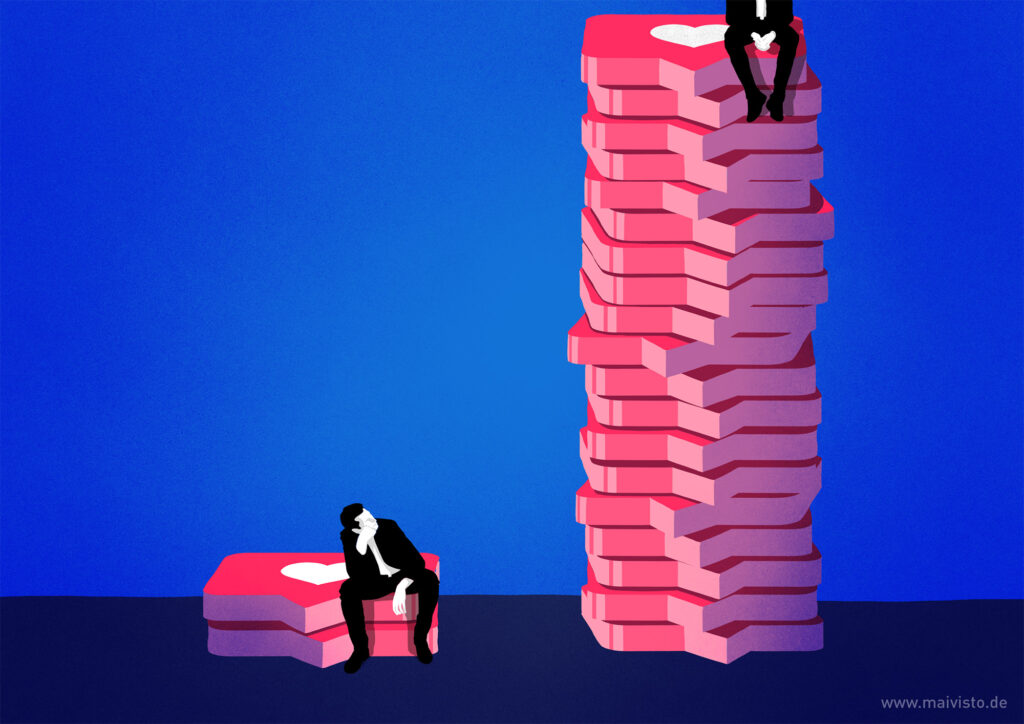Bookkeeping, answering emails, and doing household tasks, have something treacherous about them. Once we get them done, it feels good. They make us feel like we’ve been diligent. Giving these tasks a high priority and doing them first thing is tempting. After all, we can usually finish them quickly and without any particular effort. In addition, we see the results immediately: the inbox shows no new emails or our office finally looks tidy again.
However, each of us has a period during the day when we are particularly productive. For many, it’s the first hours of the morning. This is definitely true for me. That’s why I tackle the most critical tasks in the morning. These are tasks that require my total concentration and creative thinking.
It has turned out for me that spending these precious hours on “simple” tasks is counterproductive. Instead, I schedule them for the afternoon, when my energy starts to wane. That’s the ideal time to answer emails, write bills, and clean the dishwasher.
These mundane tasks also have a nice side effect. We can consciously use them as a little motivational boost. If our concentration is at its lowest point for the day, it’s best to pause the important work and go for the things that don’t demand much of us. Usually, we feel good, relieved, and full of energy afterward. Finally, these tasks are off the list, and we can use this inner boost for our essential tasks again.

